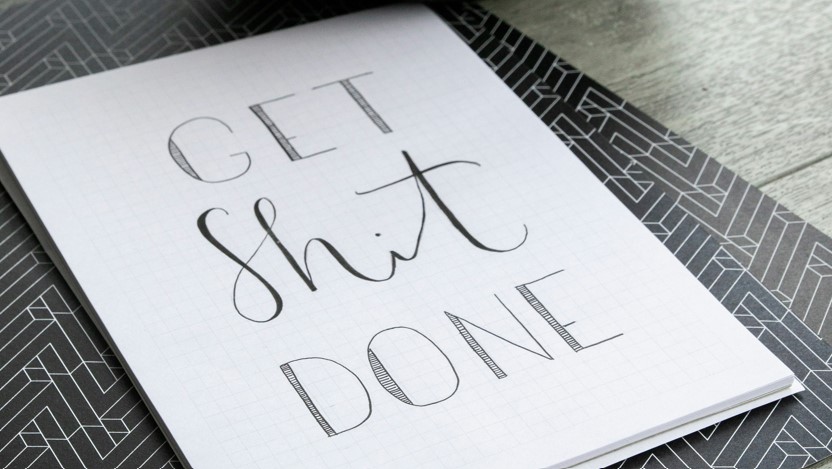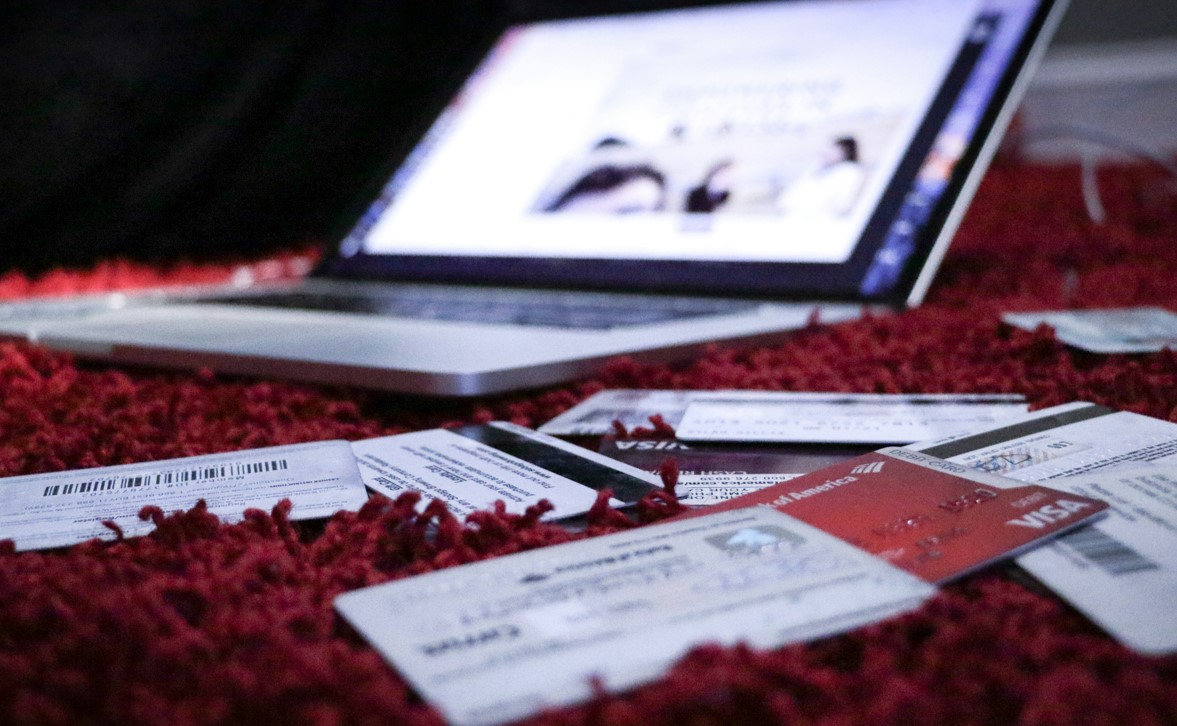Interviews are probably the most stressful part of the job application process. You dress professionally, sit in front of one (or sometimes a group of) people you don’t know and are asked questions about your career and work habits. It can be hard to think through a question and answer it smoothly. Thankfully, there is an interview prep technique that can help you appear professional and collected in any field. It’s the STAR method.
STAR stands for Situation, Task, Action and Result. These words describe pieces of your answer to a situational or behavioral question. It gives you guidance to tell a story.
Say an interviewer asks you, “Can you tell me about a time when you had a conflict with a fellow employee? How did you handle it?”
Your answer will begin with the Situation. Give as many details as you can. You want the who, what, when, where and how. This is still the beginning to keep it brief. In answer to the example question, you might begin with something like, “I had a conflict with one of my peers when we disagreed over the total operating budget our company had. I was sure I had totaled everything correctly, but he was worried I had overestimated.”
Next, you move on to the Task. This is where you describe the task you had to complete. Make sure to highlight any specific constraints or challenges. So continuing with the hypothetical interview answer, you could say, “My boss wanted the final budget estimations in soon, but I had to get my peer to sign off on it. And he wouldn’t sign it until he knew for sure that the math was correct.”
The third part is the Action. Describe what you did to complete the task. This section should demonstrate good traits without having to say them. Like, leadership, initiative, dedication, intelligence, understanding and so on. So for this section, you might continue with, “So I went through the math for him, explaining where each revenue stream was coming from and how I got to the total operating budget.”
The last section is the Resolution. What was the result of your efforts? It’s best to include figures to qualify your result where applicable. To round out the example answer, here’s what you would say, “In the end, he ended up signing off on the numbers after only an hour of explanation. If I had let him check my math, it could have easily taken him three hours or more. This saved a lot of time for both of us and the company.”
The STAR method outlines a clear and complete answer to any situational question an interviewer can throw at you. Illustrating your work ethic and skills through personal stories is much more engaging and compelling than simply saying, “Oh I’m smart so I can handle that for sure.” Make sure your answer ties back to desirable traits that your potential employer is looking for.
Before your interview, go ahead and prepare a few answers to likely questions. This will help you ease into the conversation and you’ll feel less awkward than talking on the fly. But if the interview does ask you a question you didn’t anticipate, you’ll have the proper framework to give a clear, concise and compelling answer. And you’ll be that much closer to landing the job.
string(3517) "
Interviews are probably the most stressful part of the job application process. You dress professionally, sit in front of one (or sometimes a group of) people you don't know and are asked questions about your career and work habits. It can be hard to think through a question and answer it smoothly. Thankfully, there is an interview prep technique that can help you appear professional and collected in any field. It's the STAR method.
STAR stands for Situation, Task, Action and Result. These words describe pieces of your answer to a situational or behavioral question. It gives you guidance to tell a story.
Say an interviewer asks you, “Can you tell me about a time when you had a conflict with a fellow employee? How did you handle it?"
Your answer will begin with the Situation. Give as many details as you can. You want the who, what, when, where and how. This is still the beginning to keep it brief. In answer to the example question, you might begin with something like, “I had a conflict with one of my peers when we disagreed over the total operating budget our company had. I was sure I had totaled everything correctly, but he was worried I had overestimated."
Next, you move on to the Task. This is where you describe the task you had to complete. Make sure to highlight any specific constraints or challenges. So continuing with the hypothetical interview answer, you could say, “My boss wanted the final budget estimations in soon, but I had to get my peer to sign off on it. And he wouldn't sign it until he knew for sure that the math was correct."
The third part is the Action. Describe what you did to complete the task. This section should demonstrate good traits without having to say them. Like, leadership, initiative, dedication, intelligence, understanding and so on. So for this section, you might continue with, “So I went through the math for him, explaining where each revenue stream was coming from and how I got to the total operating budget."
The last section is the Resolution. What was the result of your efforts? It's best to include figures to qualify your result where applicable. To round out the example answer, here's what you would say, “In the end, he ended up signing off on the numbers after only an hour of explanation. If I had let him check my math, it could have easily taken him three hours or more. This saved a lot of time for both of us and the company."
The STAR method outlines a clear and complete answer to any situational question an interviewer can throw at you. Illustrating your work ethic and skills through personal stories is much more engaging and compelling than simply saying, “Oh I'm smart so I can handle that for sure." Make sure your answer ties back to desirable traits that your potential employer is looking for.
Before your interview, go ahead and prepare a few answers to likely questions. This will help you ease into the conversation and you'll feel less awkward than talking on the fly. But if the interview does ask you a question you didn't anticipate, you'll have the proper framework to give a clear, concise and compelling answer. And you'll be that much closer to landing the job.
"












